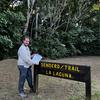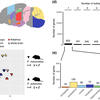-
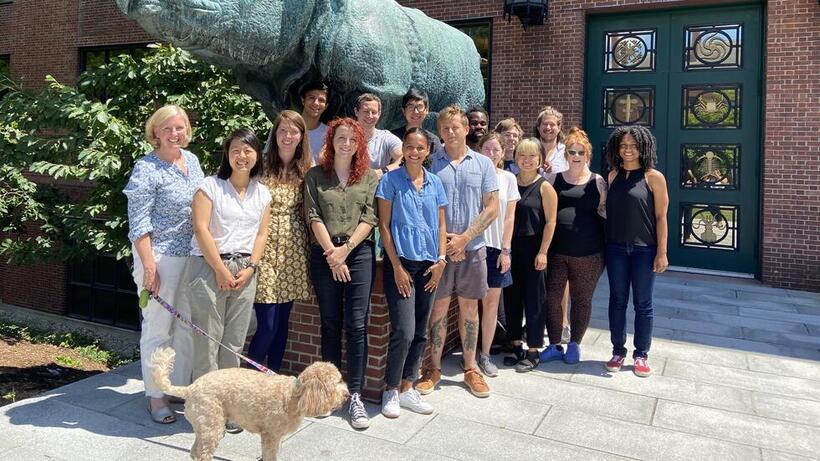
The Hoekstra Lab
Members of the Hoekstra Lab study the molecular, genetic, developmental and/or neurobiological basis of evolutionary change.
-
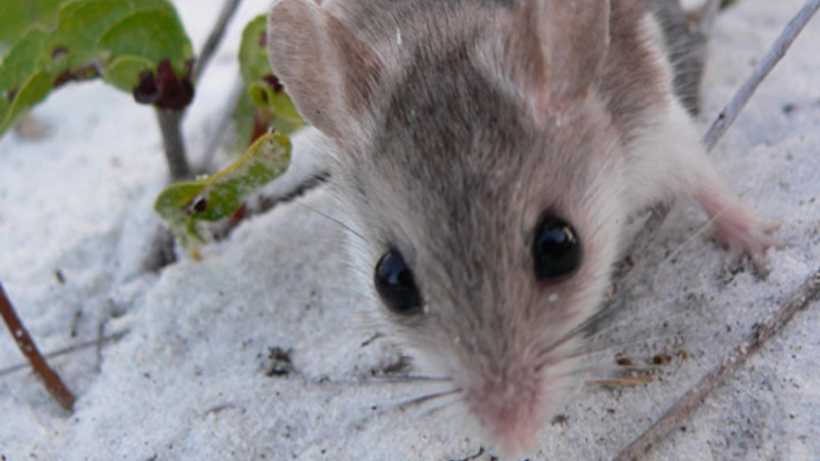
From morphology to behavior
We use natural populations of rodents to study the genetic basis of natural variation – from morphology to behavior.
-
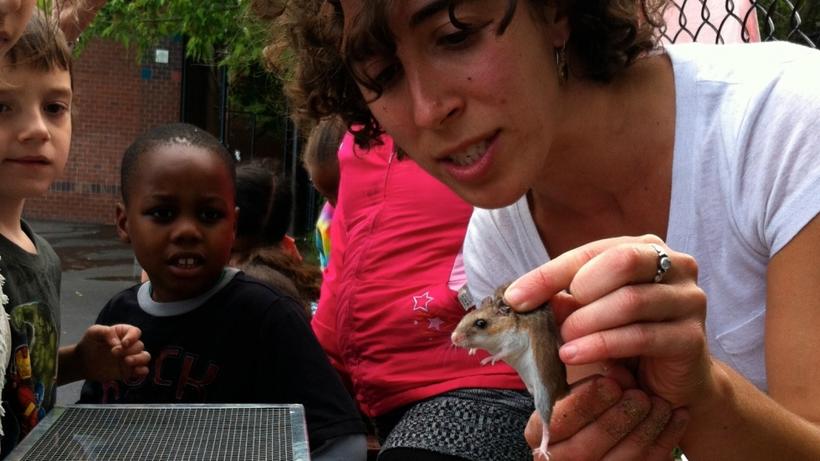
Public outreach
Lab members conduct scientific outreach in local schools and museums.
-
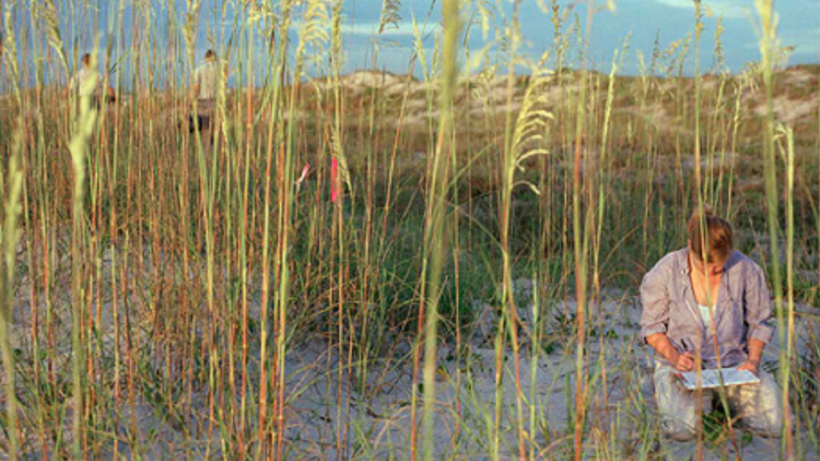
Into the field
We conduct experiments in the field to measure natural variation and fitness in wild populations.
-
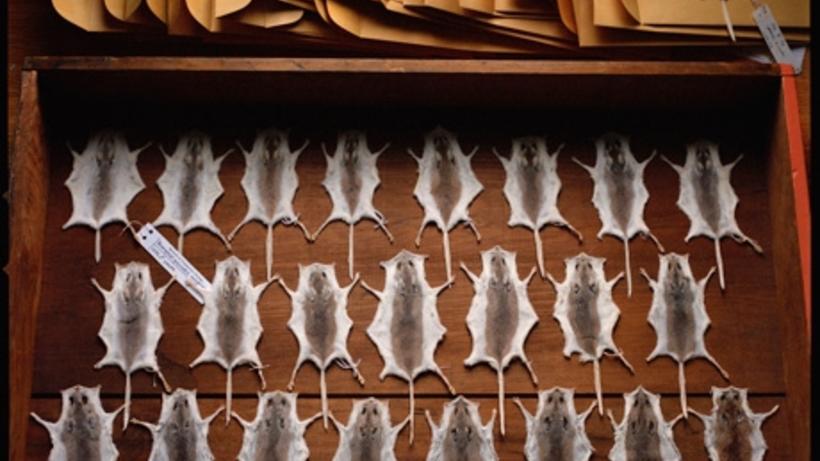
Museum specimens
The lab uses natural history collections to study spatial and temporal variation in natural populations.
-
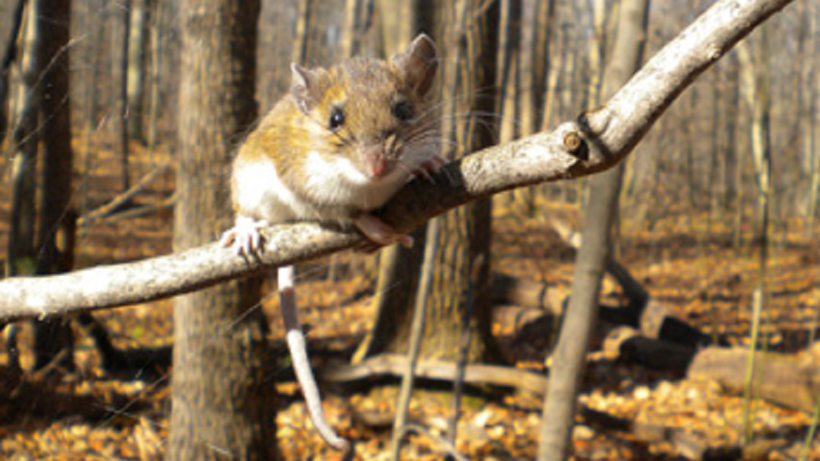
Whisking whiskers
We study the genetics and development of whisker evolution in arboreal deer mice.
-
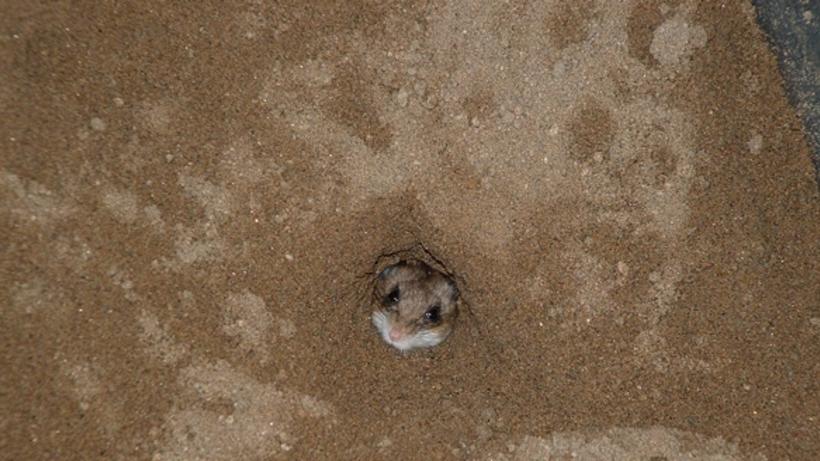
Burrowing Behavior
We study the genetic and neural basis of burrowing behavior in deer mice.
-
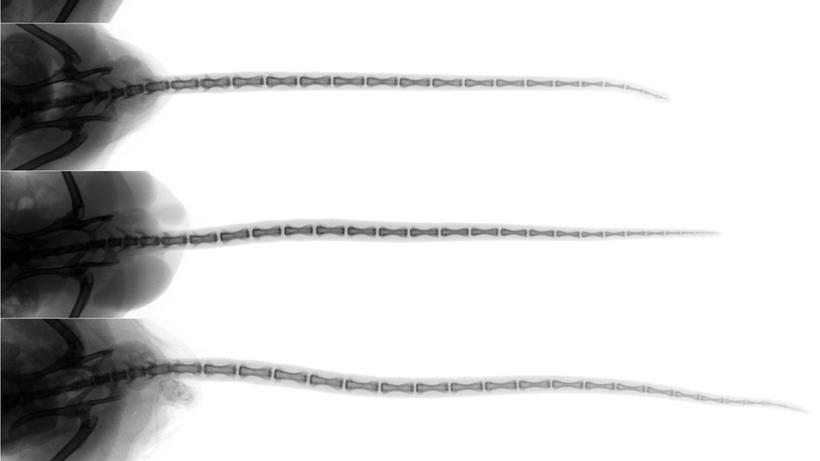
Skeletal evolution
We study the evolution of skeletal morphology and its role in climbing performance.
-
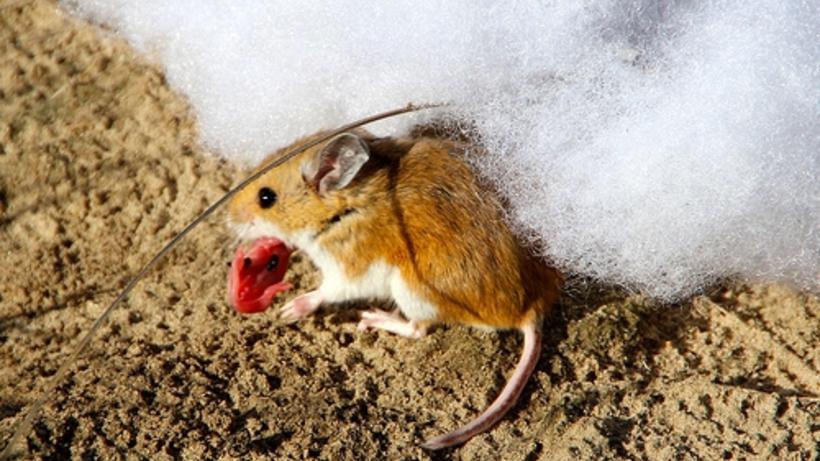
Nesting behavior
We study the genetic and neurobiological basis of nesting and parental behaviors.
-
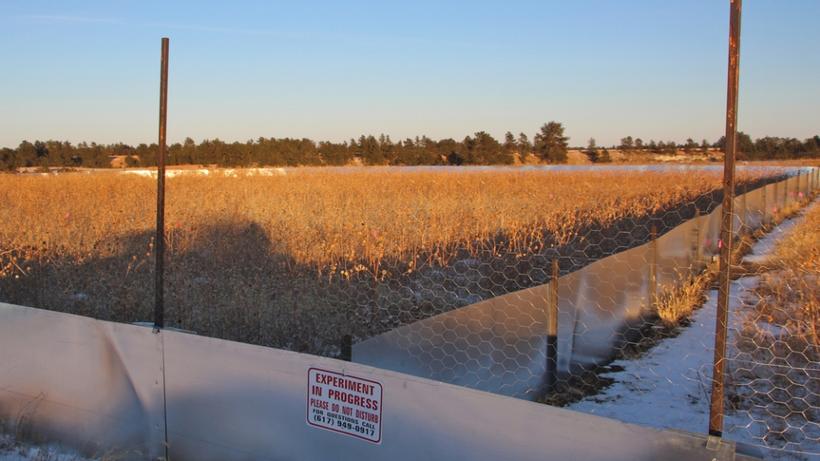
Experiment in Progress
We conduct experiments in field enclosures to measure fitness in natural populations.
-
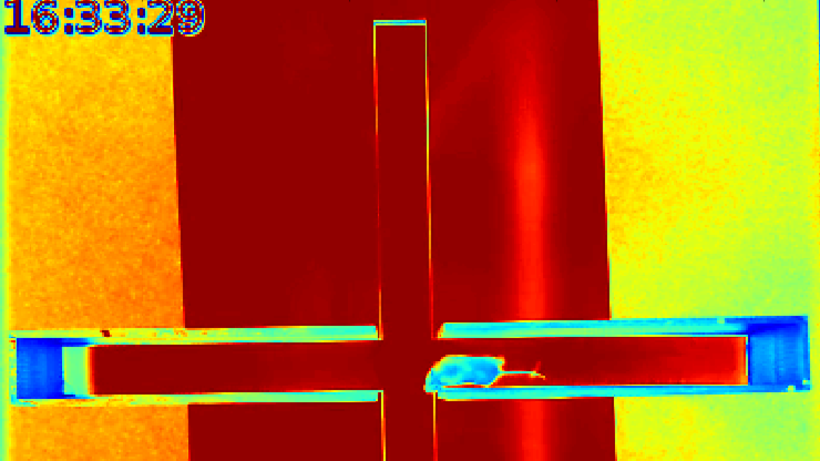
Measuring behavioral variation
We use automated methods to quantify natural variation in mouse behavior.
-
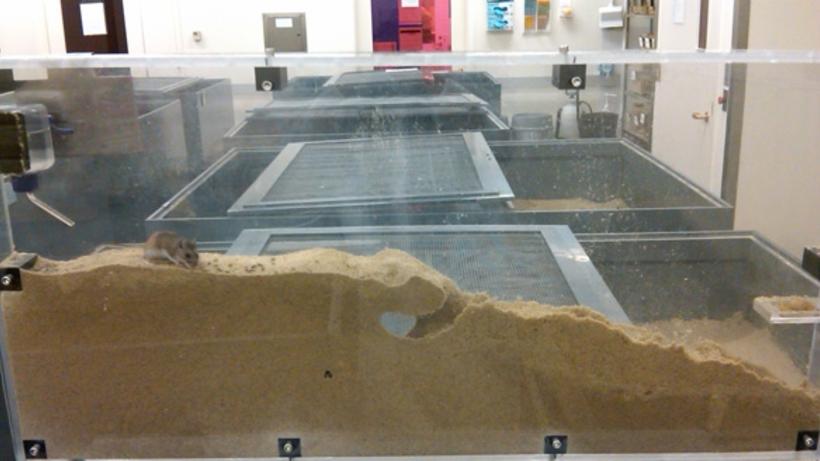
In the Lab
We study burrowing behavior in a controlled lab environment.
-
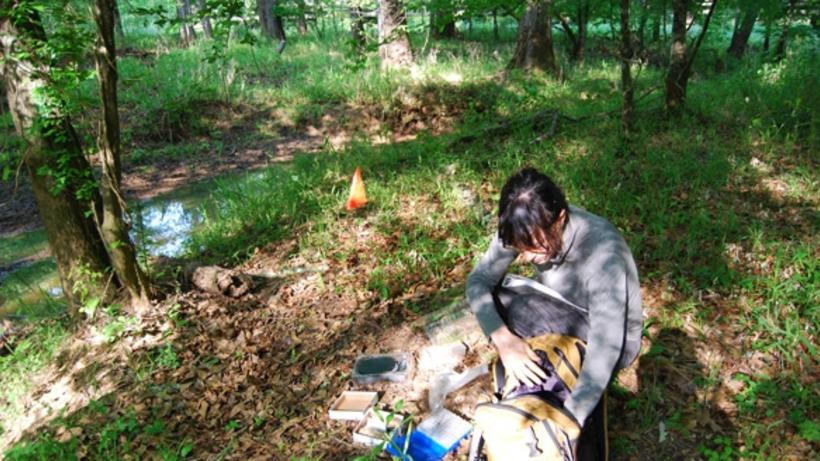
In the field
We collect DNA from wild populations of mice across North America.
-
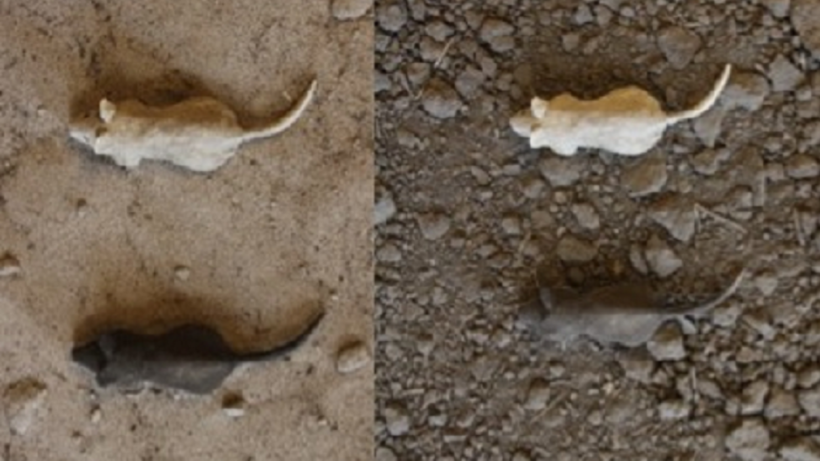
Natural Selection & Cryptic Pigmentation
We use experiments to test the role of natural selection in pigment variation.
-
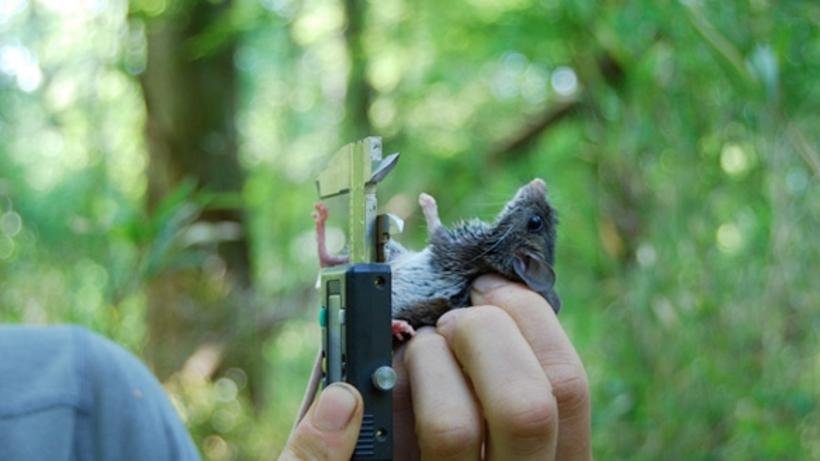
Linking Pheonotypic Variation
Morphometrics allow us to link phenotypic variation with genetic changes.
-
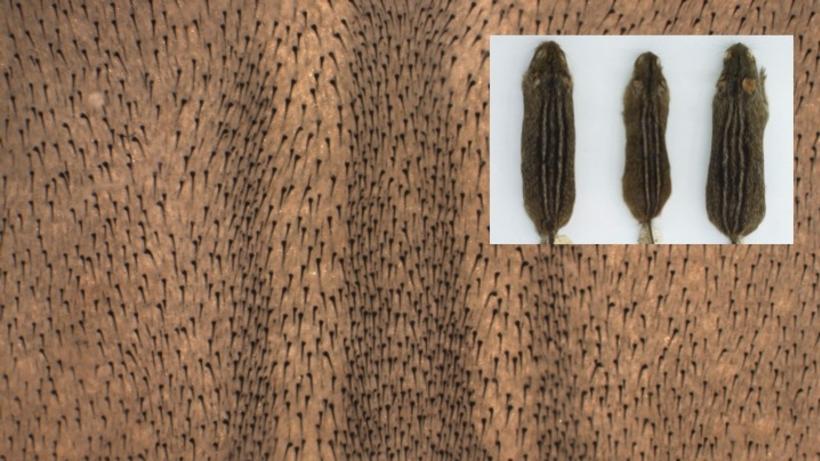
Pigmentation Pattern Formation
We use evo-devo techniques to uncover the mechanisms underlying pattern formation across mammals.
-
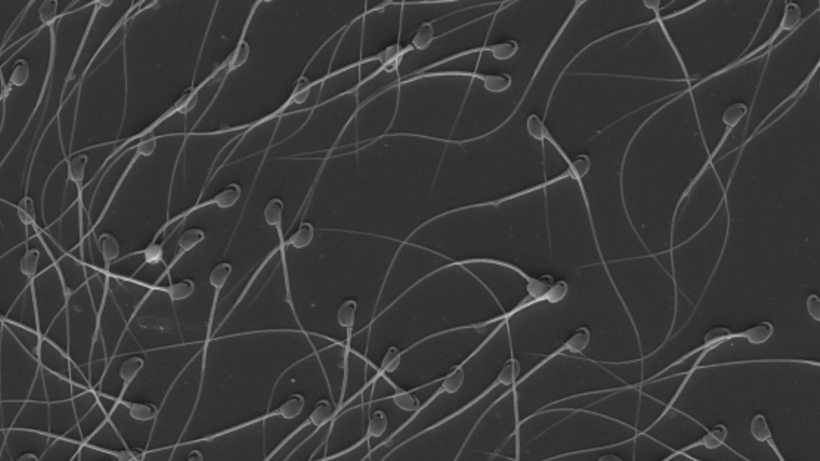
Reproductive traits evolution
We study the genetic basis of reproductive traits (such as sperm morphology and behavior) influenced by sexual selection.
-
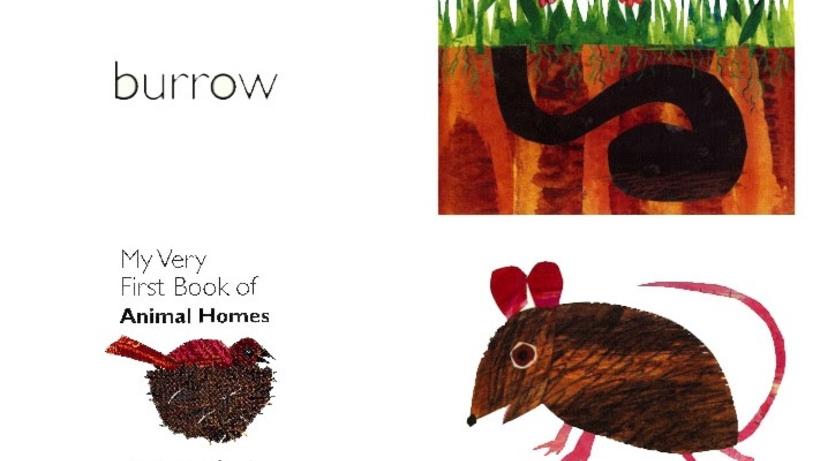
Basis of Burrowing
We study the neurobiological basis of burrowing in wild mice.
-
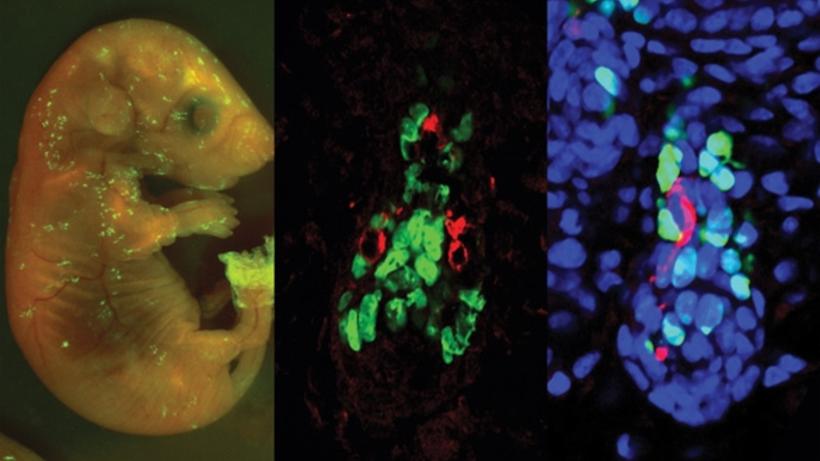
Pigment Patterning in Vivo
We use viral vectors to test the role of genes, and their underlying developmental mechanisms, on pigment patterning in vivo.
-
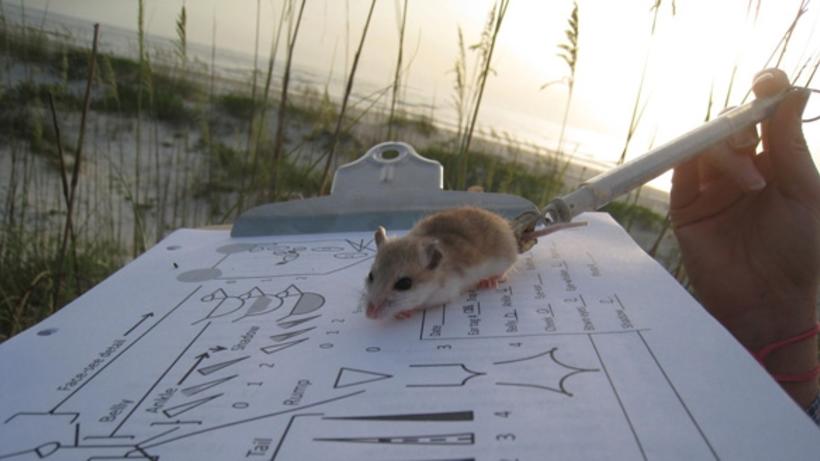
Natural Trait Variation
We travel to our field sites to study the evolutionary history of natural populations.
-
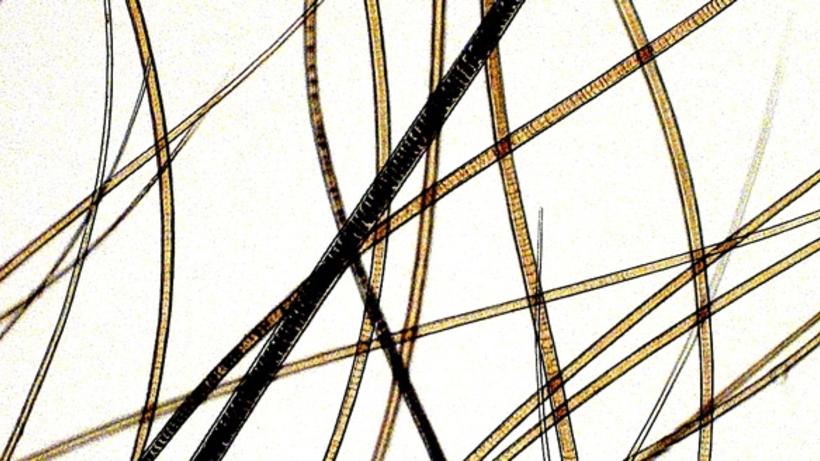
Hair Pigmentation
We study the developmental basis of pigmentation and patterning variation in mammals.
Copyright © 2024 The President and Fellows of Harvard College | Accessibility | Digital Accessibility | Report Copyright Infringement

